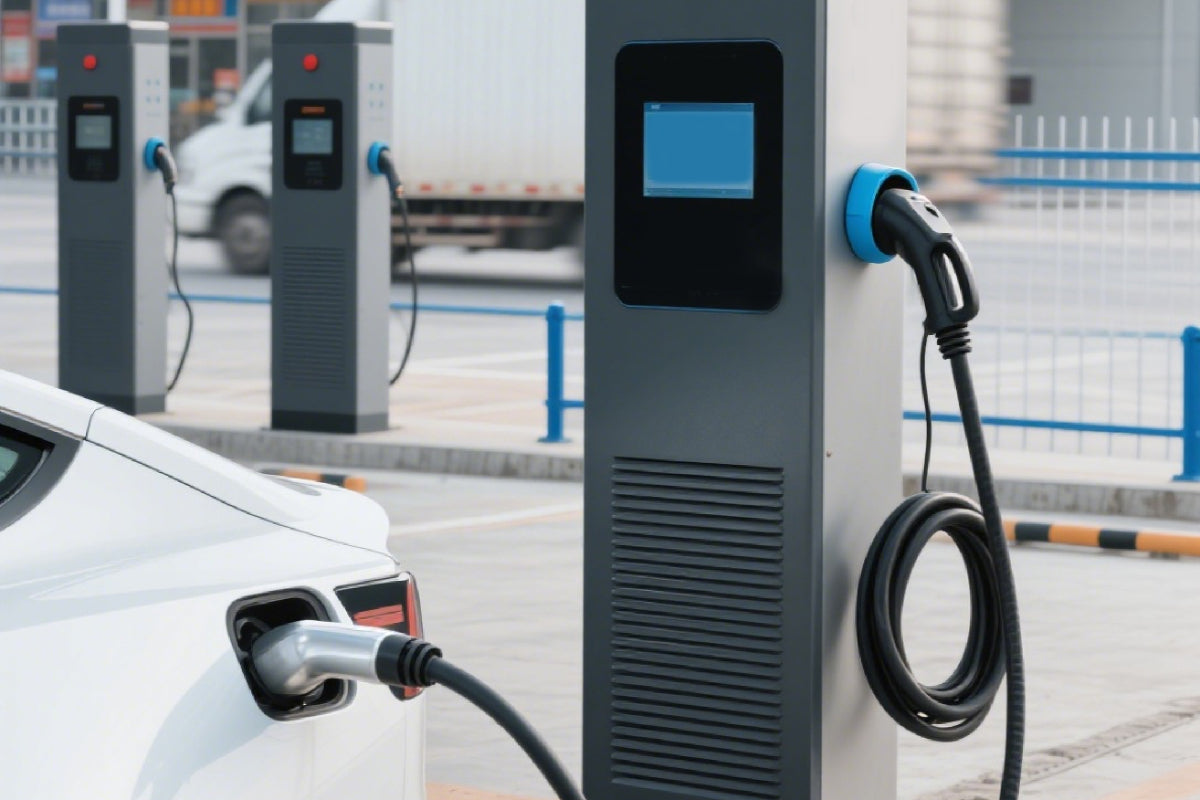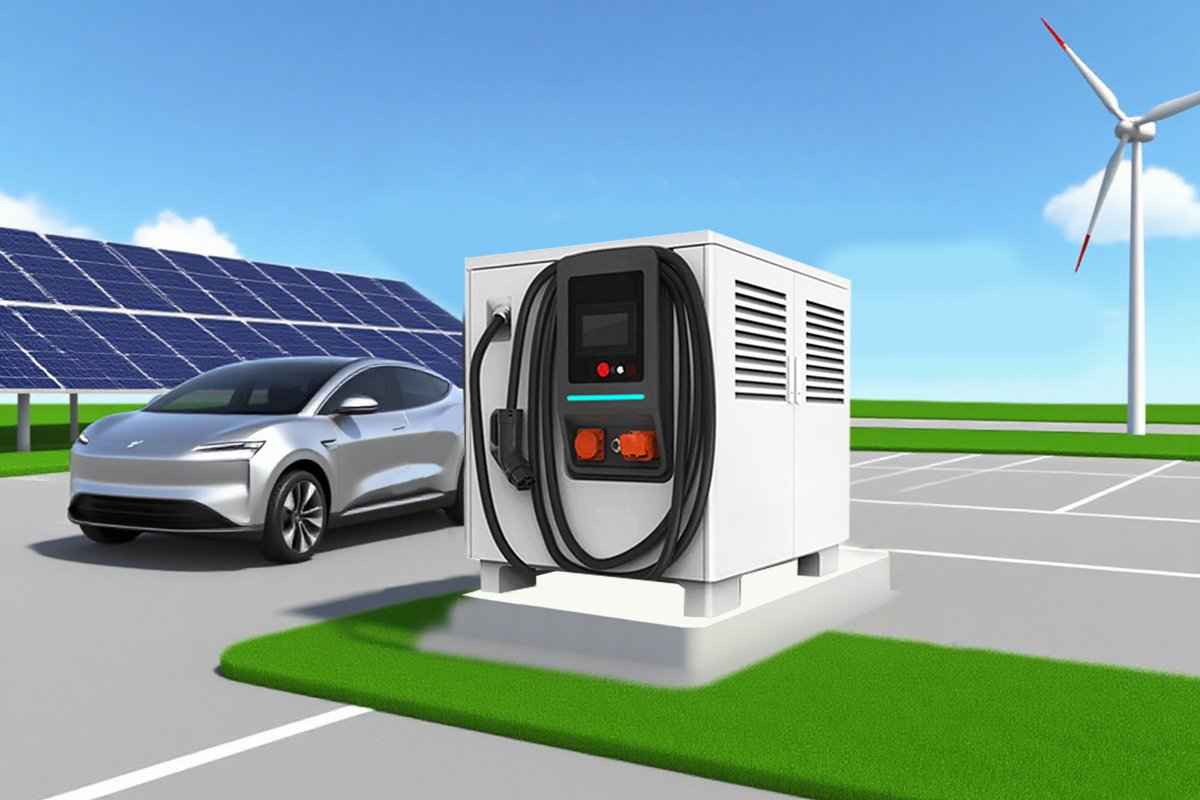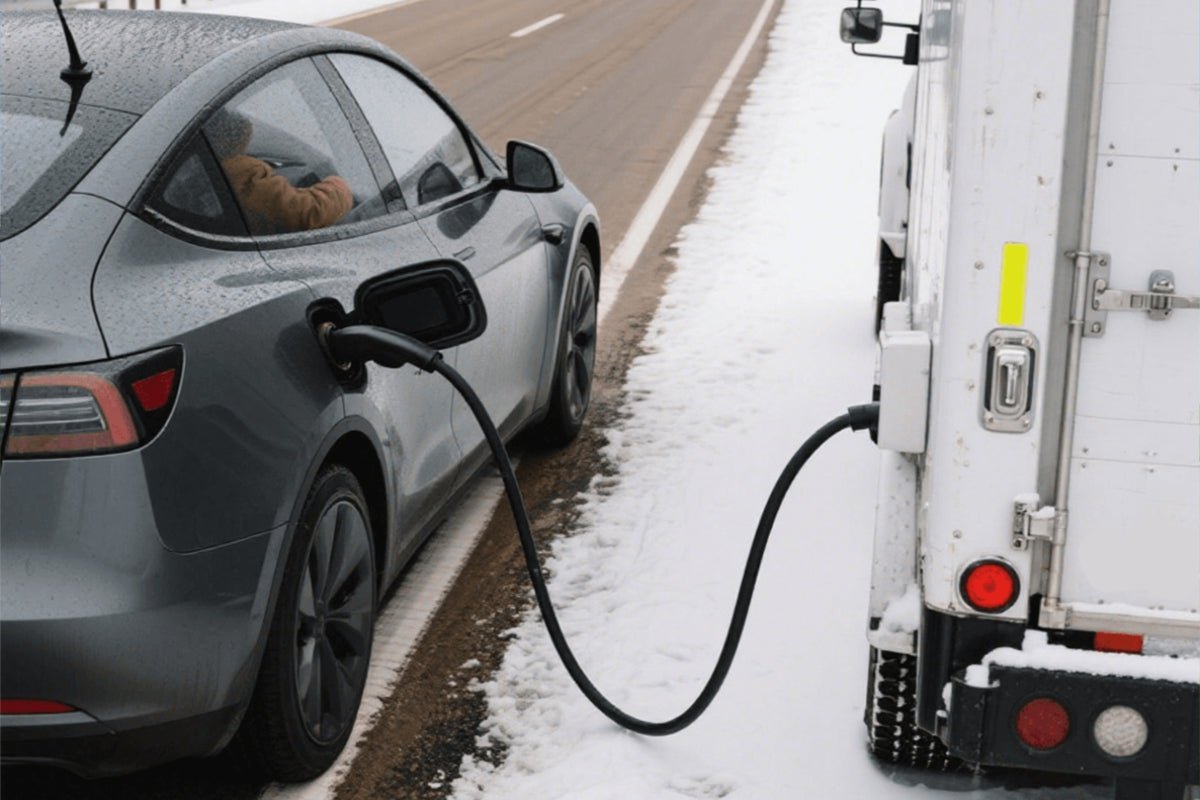In the era of rapid development of new energy vehicles, as the battery capacity of electric vehicles continues to increase, users' demand for charging power is also growing. Liquid-cooled ultra-fast charging technology is the optimal solution to this demand. It brings the charging speed close to that of refueling a gasoline-powered vehicle, redefining the energy replenishment experience for electric vehicles.
1. Working Mechanism of Liquid-Cooled Ultra-Fast Charging
1.1 The heat dissipation issue of traditional charging piles has long limited the improvement of charging speed. When a large current passes through the charging cable, the heat generated must be dissipated in time; otherwise, the system will automatically reduce power to avoid overheating risks. For example, the current upper limit of air-cooled charging cables used in ordinary fast charging piles is mostly 250A.
1.2 The core of liquid-cooled ultra-fast charging lies in the innovative design of "liquid-cooled charging cables." These cables incorporate internal cooling fluid circulation channels, through which continuously flowing coolant (water or oil) removes the heat generated during high-power charging, ensuring that the cable temperature remains below the safety threshold. Some high-end devices also adopt a "fully liquid-cooled modular architecture," where internal charging modules are cooled by coolant, while external low-speed, high-volume fans or enclosed heat sinks are used to expel residual heat. This design not only improves heat dissipation efficiency but also reduces dust erosion on the equipment through a sealed structure, lowering the failure rate.
2. Core Advantages of Liquid-Cooled Ultra-Fast Charging
2.1 Enhanced Charging Speed
The power upper limit of liquid-cooled ultra-fast charging can reach as high as 1000kW, far exceeding the 240kW of traditional fast charging piles. When charging certain new electric vehicles with 800V platforms and 100kWh batteries, using a 240kW fast charging pile would take about 25 minutes to charge from 20% to 80%; whereas using a liquid-cooled ultra-fast charging pile, the same amount of charge can be achieved in just 8–10 minutes, approaching the efficiency of refueling a gasoline vehicle.
2.2 Enhanced Safety and Stability
The "sealed cooling" design of liquid-cooled ultra-fast charging significantly improves safety. Traditional air-cooled equipment relies on fans for heat dissipation, and air flow can easily carry dust into the charging modules (such as cable terminals and rectifiers), leading to increased contact resistance and higher equipment failure rates. In contrast, the coolant circulation system of fully liquid-cooled ultra-fast charging is completely isolated from the external environment, preventing dust from contacting electrical components. Its protection rating can reach IP65, far exceeding the IP54 of ordinary charging piles. At the same time, the coolant itself is insulating, eliminating the risk of leakage.
3. Application Scenarios of Liquid-Cooled Ultra-Fast Charging
3.1 Highway Service Areas
In highway service areas, users are most concerned about the long charging time that may interrupt their journey. Range anxiety has always been a major concern for electric vehicle users. The deployment of liquid-cooled ultra-fast charging piles effectively solves this problem. When paired with specific electric vehicle models, liquid-cooled charging piles can easily achieve a range increase of about 400 kilometers in just 5 minutes of charging.
3.2 Heavy-Duty Commercial Vehicle Scenarios
Heavy-duty commercial vehicles (such as electric trucks, buses, sanitation vehicles, and construction vehicles) have much higher demands for charging efficiency, stability, and environmental adaptability due to their high load capacity, long range, and high-frequency operation. Liquid-cooled charging piles, with their high power, multi-gun simultaneous charging, and adaptability to harsh environments, have become the core solution for these scenarios.
4. The Future of Liquid-Cooled Ultra-Fast Charging
Although liquid-cooled ultra-fast charging is currently less widespread due to its relatively high cost, it is expected to become the "standard configuration" for charging infrastructure as technological innovation progresses and the demand for high-power charging in large-battery electric vehicles continues to rise. Its integration with smart grids and shared charging technologies will further promote the popularization of new energy vehicles and accelerate the transition from fuel-powered to electric vehicles.




Оставить комментарий
Все комментарии перед публикацией проверяются.
Этот веб-сайт защищается hCaptcha. Применяются Политика конфиденциальности и Условия использования hCaptcha.